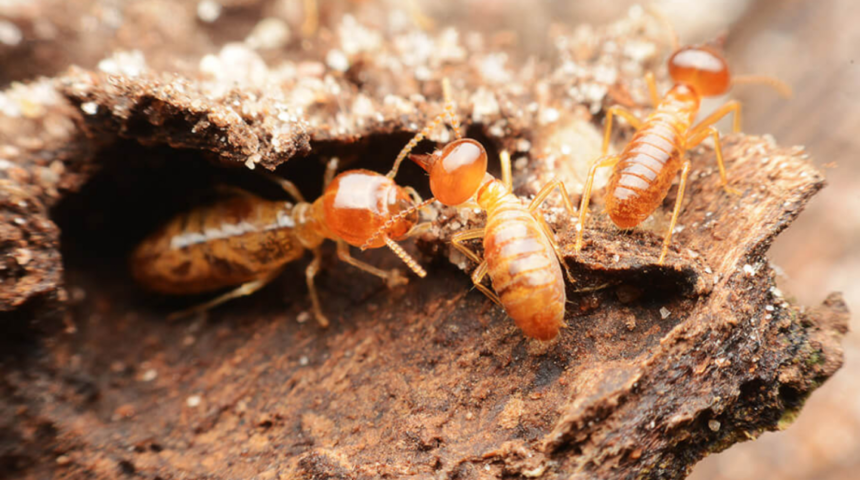How to Get Rid of White Ants?
White ants, commonly known as termites, can cause significant damage to your home if left unchecked. These pests feed on wood, compromising the structural integrity of buildings. Fortunately, several effective methods exist to eliminate white ants and prevent future infestations. This article will guide you through the process, providing easy-to-follow steps and tips.
Understanding White Ants:
What Are White Ants?
White ants are termites, small insects that feed on cellulose found in wood and plant materials. They live in colonies and can cause extensive damage to wooden structures, furniture, and even books.
Signs of Infestation:
- Mud Tubes: Termites build mud tubes to travel between their colony and food sources.
- Discarded Wings: Swarming termites shed their wings after finding a new place to establish a colony.
- Hollow Wood: Tapping on wood that sounds hollow can indicate termite damage.
- Frass: Termite droppings, known as frass, resemble sawdust and can be found near infested areas.
Methods to Get Rid of White Ants
Chemical Treatments:
- Liquid Termiticides:
- These are applied to the soil around your home to create a barrier that kills termites on contact.
- Common active ingredients include fipronil and imidacloprid.
- Termite Baits:
- Bait stations around your home attract termites to consume the bait and carry it back to the colony.
- This method gradually eliminates the entire colony.
Natural Remedies:
- Diatomaceous Earth:
- This powdery substance is made from fossilized aquatic organisms.
- It kills termites by dehydrating them when they come into contact with it.
- Borax:
- A natural mineral, borax can be mixed with water and sprayed on infested areas.
- It disrupts the termites’ digestive system, eventually killing them.
- Essential Oils:
- Oils like orange oil and neem oil have insecticidal properties.
- They can be applied directly to infested wood or sprayed with water.
Preventing Future Infestations
Moisture Control:
- Fix Leaks: Repair any leaks in your plumbing or roof to prevent moisture buildup.
- Proper Ventilation: Ensure your home is well-ventilated to reduce humidity levels.
Wood Treatment:
- Treated Wood: Use pressure-treated wood for construction and repairs.
- Wood Sealants: Apply sealants to wooden surfaces to protect them from termites.
Regular Inspections:
- Professional Inspections: Hire a pest control professional to inspect your home annually.
- DIY Inspections: Regularly check for signs of termites, especially in basements, crawl spaces, and attics.
FAQs
How do I know if I have a termite infestation?
Look for signs like mud tubes, discarded wings, hollow-sounding wood, and frass. If you notice any of these, you likely have a termite problem.
Are natural remedies effective against termites?
Natural remedies like diatomaceous earth, borax, and essential oils can be effective, especially for small infestations. However, severe infestations may require professional treatment.
How often should I inspect my home for termites?
It’s recommended that a professional inspection be performed annually. Additionally, you should conduct your inspections every few months, especially in moisture-prone areas.
Can termites come back after treatment?
Yes, termites can return if preventive measures are not taken. To prevent re-infestation, ensure you maintain moisture control, use treated wood, and have regular inspections.
Is it necessary to hire a professional for termite control?
While DIY methods can be effective for minor infestations, severe cases often require professional intervention. Pest control professionals have access to more potent treatments and can ensure the complete elimination of termites.
Conclusion:
Getting rid of white ants requires a combination of chemical treatments, natural remedies, and preventive measures. Understanding the signs of infestation and taking proactive steps can protect your home from these destructive pests. Regular inspections and maintenance are key to keeping your home termite-free.





